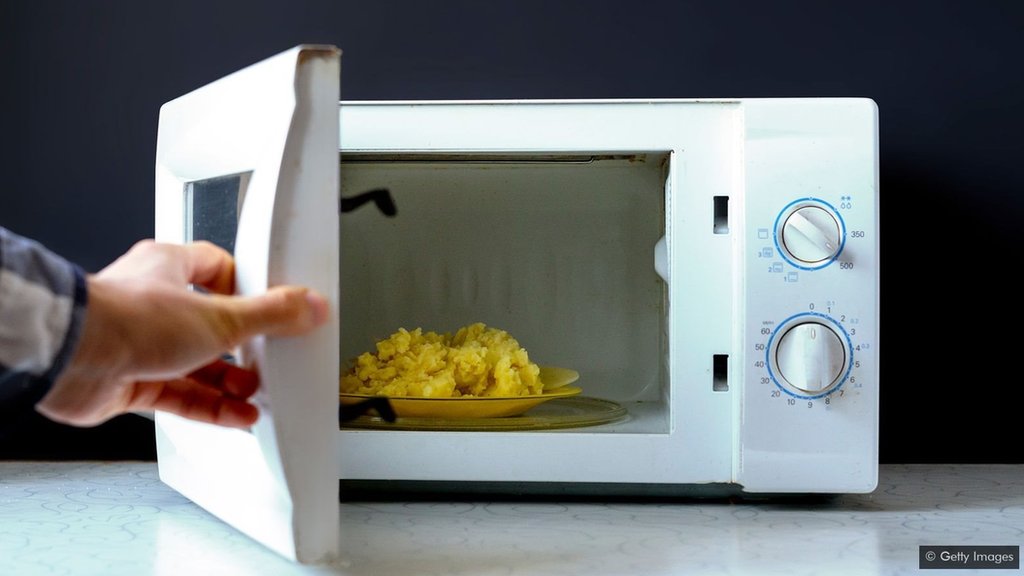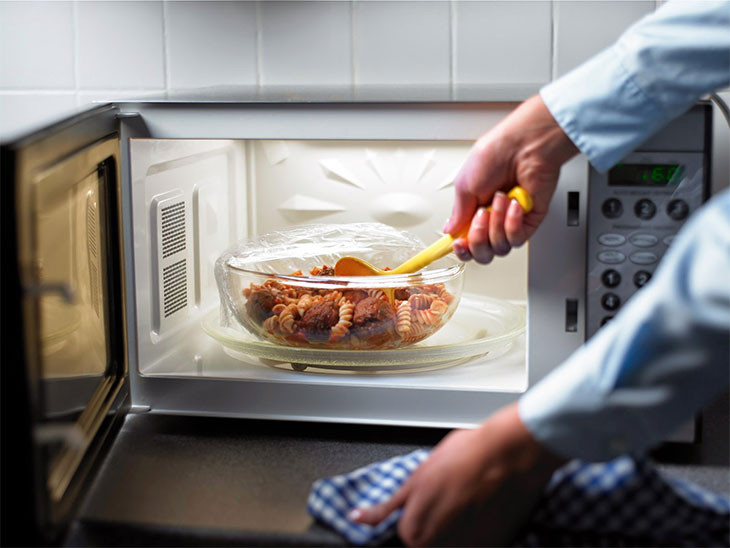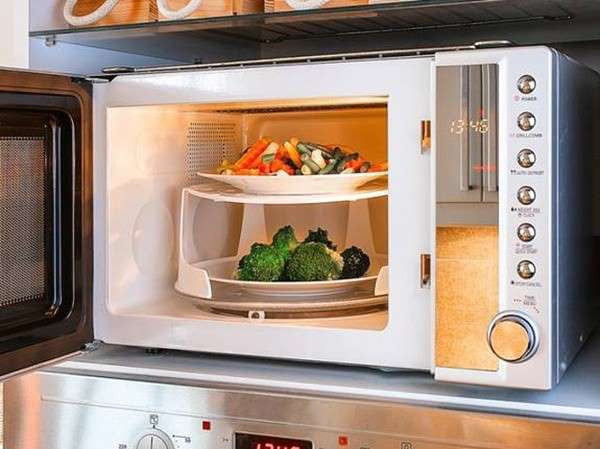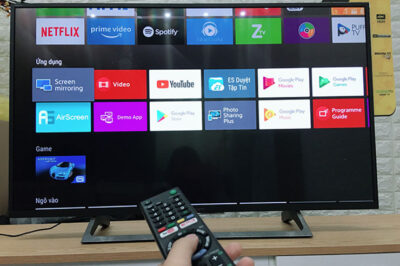
Everything You Need to Know About Microwaves: Uses, Benefits, and Modern Necessity in the Kitchen
Introduction
In today’s fast-paced world, convenience is king—and nothing represents modern kitchen convenience better than the microwave oven. Once considered a luxury, the microwave has now become a staple appliance in almost every household. Whether you’re reheating last night’s dinner, defrosting frozen meat, or whipping up a quick snack in minutes, the microwave has proven to be one of the most useful and versatile tools in the kitchen.
But how much do you really know about this everyday marvel? In this article, we’ll explore everything about microwaves—how they work, what they’re used for, their benefits, different types, safety concerns, and how they’ve revolutionized the way we cook and eat.
I. What is a Microwave Oven?
A microwave oven, commonly known as a microwave, is a kitchen appliance that uses electromagnetic radiation (microwaves) to heat and cook food. Unlike traditional ovens that heat food from the outside in, microwaves penetrate food and excite water molecules, generating heat from within.
The result? Faster, more efficient heating and cooking, often in just minutes.
II. How Does a Microwave Work?

Microwaves produce electromagnetic waves (specifically around 2.45 GHz) that stimulate water, fat, and sugar molecules inside food. These molecules vibrate rapidly, producing heat through friction, which then cooks the food.
Microwave ovens typically contain:
A magnetron – The device that generates microwave energy.
A waveguide – Directs the microwaves into the cooking chamber.
A turntable – Rotates the food for even heating.
Control panel and timer – Allows users to set cooking time and power levels.
III. Common Uses of a Microwave
Reheating Leftovers
The most popular use — in seconds, your food is warm again.
Cooking Ready-to-Eat Meals
Pre-packaged meals designed for microwaves save time for busy people.
Defrosting Frozen Food
No need to wait hours — simply use the “defrost” function for meat, vegetables, or bread.
Boiling Water or Milk
Quick and easy, without turning on the stove.
Making Snacks
Popcorn, mug cakes, nachos, and microwaveable pizza are just some examples.
Steaming Vegetables
With a little water and a microwave-safe cover, veggies can be steamed to perfection.
Melting Ingredients
Perfect for melting chocolate, butter, or cheese in just seconds.
IV. Benefits of Using a Microwave

Speed
Microwaves cook food significantly faster than conventional methods.
Convenience
Press a few buttons and your meal is ready — ideal for busy lifestyles.
Energy Efficiency
Microwaves use less energy than ovens or stovetops for small portions.
Preservation of Nutrients
Shorter cooking times help retain more nutrients in certain vegetables.
Less Mess
Fewer pans and utensils mean quicker cleanup.
Versatility
From snacks to full meals, desserts to beverages — the possibilities are endless.
V. Types of Microwave Ovens
Solo Microwave
Basic and affordable; suitable for reheating, defrosting, and simple cooking.
Grill Microwave
Comes with an added grilling element for browning and toasting.
Convection Microwave
Combines microwave and convection oven functions; ideal for baking and roasting.
Over-the-Range Microwave
Mounted above a stove, often with built-in ventilation — great for saving counter space.
Built-In Microwave
Integrated into kitchen cabinetry for a sleek, modern look.
VI. Microwave Safety Tips
While microwaves are safe when used correctly, here are some essential tips:
Only use microwave-safe containers (avoid metal or foil).
Don’t run an empty microwave, as this can damage the magnetron.
Use lids or covers to avoid splattering food.
Allow standing time after heating — food continues to cook even after the timer ends.
Be cautious with liquids, which can superheat and erupt unexpectedly.
VII. Myths and Facts About Microwaves
Myth: Microwaves cause cancer.
Fact: Microwaves use non-ionizing radiation, which does not alter DNA or cause cancer.
Myth: Microwaved food is less nutritious.
Fact: Microwaving can actually preserve nutrients better due to shorter cooking times.
Myth: Microwaves cook food from the inside out.
Fact: Microwaves cook by heating water molecules; they usually heat outer layers first.
VIII. Limitations of Microwaves
Uneven Cooking
Microwaves can heat unevenly, especially with large or dense foods.
Not Ideal for All Dishes
Frying, crispy textures, and certain baked goods are better done in ovens.
Plastic Leaching
Unsafe plastic containers can release harmful chemicals — always check for microwave-safe labels.
IX. The Future of Microwave Technology
Microwaves are evolving fast:
Smart Microwaves
With Wi-Fi connectivity, voice control (Alexa/Google Assistant), and barcode scanning for auto-cook.
Sensor Cooking
Detects moisture and temperature to automatically adjust cooking time.
Eco-Friendly Features
More energy-efficient models with reduced standby power usage.
Built-in Recipe Functions
Touchscreen menus that guide you through cooking step-by-step.
Conclusion
The microwave oven has come a long way from being a mere food reheater. Today, it’s a versatile, powerful, and essential kitchen tool that saves time, conserves energy, and supports modern cooking habits.
Whether you’re a student living alone, a busy professional, or a parent trying to prepare quick meals for the family, a microwave offers unmatched convenience and functionality.
In a world where time is precious and efficiency matters, the microwave stands tall as one of the greatest inventions in the kitchen.
News
Everything You Need to Know About Vacuum Cleaners: Uses, Benefits, and Modern Functions (NG)
Everything You Need to Know About Vacuum Cleaners: Uses, Benefits, and Modern Functions Introduction A vacuum cleaner is one of…
Everything You Need to Know About Televisions: Functions, Benefits, and Modern Impact (NG)
Everything You Need to Know About Televisions: Functions, Benefits, and Modern Impact Introduction From being a bulky box in the…
End of content
No more pages to load








